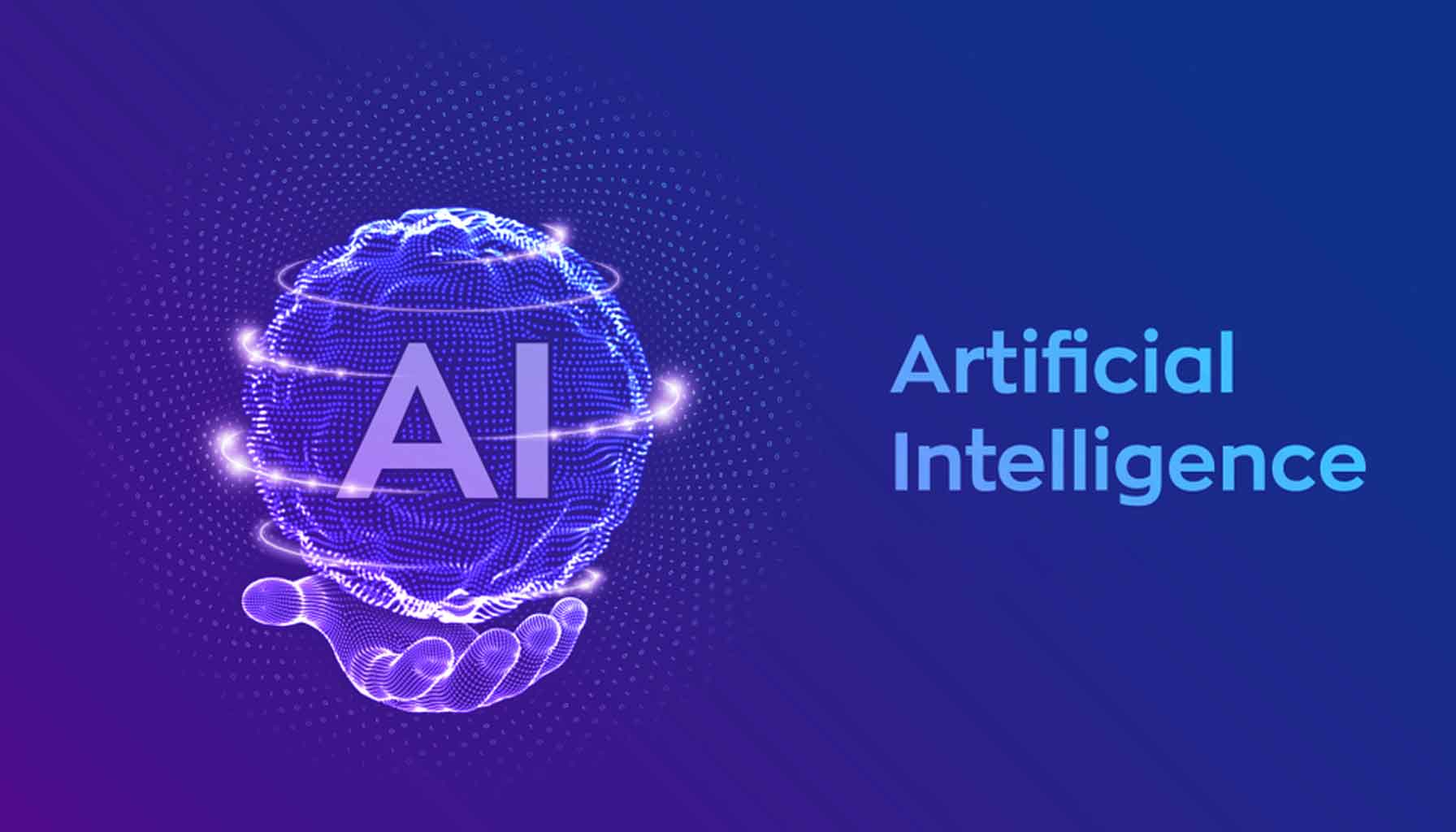A Technical Deep Dive:
In the realm of operational excellence, the strategic deployment of Artificial Intelligence (AI) and Machine Learning (ML) technologies stands as a beacon of innovation, especially for those in the roles of Chief Information Officers (CIOs) and Chief Technology Officers (CTOs). The technical foundation and application of these technologies in streamlining business processes, automating workflows, and optimizing resource allocation are transforming the operational landscape at an unprecedented pace.
Technical Integration of AI and ML in Workforce Management
The integration of AI and ML into business operations begins with the collection and preprocessing of data. This involves cleaning, normalizing, and structuring data from diverse sources to ensure that the ML models can learn effectively. Techniques such as Natural Language Processing (NLP) are employed to interpret text data, while time series analysis is used for trend prediction, crucial for project timeline estimations.
At the core of these technologies is the development of predictive models. These models are trained on historical data, employing algorithms such as decision trees, neural networks, and gradient boosting, to predict outcomes with high accuracy. For instance, regression models can forecast resource needs, while classification models can identify the best match of skills to project requirements.
Dynamic Resource Allocation and Real-time Decision Making
One of the most compelling applications of AI and ML in business operations is in dynamic resource allocation. By continuously analyzing project progress and individual performance data, AI algorithms can reallocate resources in real-time, ensuring optimal project outcomes. Reinforcement learning, a type of ML where algorithms learn to make decisions by trial and error, proves invaluable here, enabling systems to adapt and optimize decisions based on new data.
Automated Workflows and Process Automation
Automated workflows are another area where AI and ML shine. By leveraging AI, businesses can automate repetitive tasks such as data entry, scheduling, and even some aspects of customer service. ML models can also detect patterns in workflow performance, identifying bottlenecks and suggesting improvements. This automation extends to robotic process automation (RPA) systems, which are enhanced by AI to handle more complex tasks, thereby freeing human workers to focus on higher-value activities.
Technical Challenges and Considerations
While the benefits are significant, integrating AI and ML into business operations is not without its challenges. Data privacy and security are paramount, especially when processing sensitive information. Additionally, the technical complexity of developing and maintaining AI/ML models requires a skilled workforce and continuous investment in technology infrastructure.
For CIOs and CTOs, the message is clear: the successful technical integration of AI and ML into business operations can dramatically enhance efficiency, reduce costs, and drive innovation. However, this requires a robust technical strategy, a commitment to data quality, and an ongoing investment in talent and technology. The future of operational excellence is technical, and it is powered by AI and ML.
Shashank Reddy Tummala.



